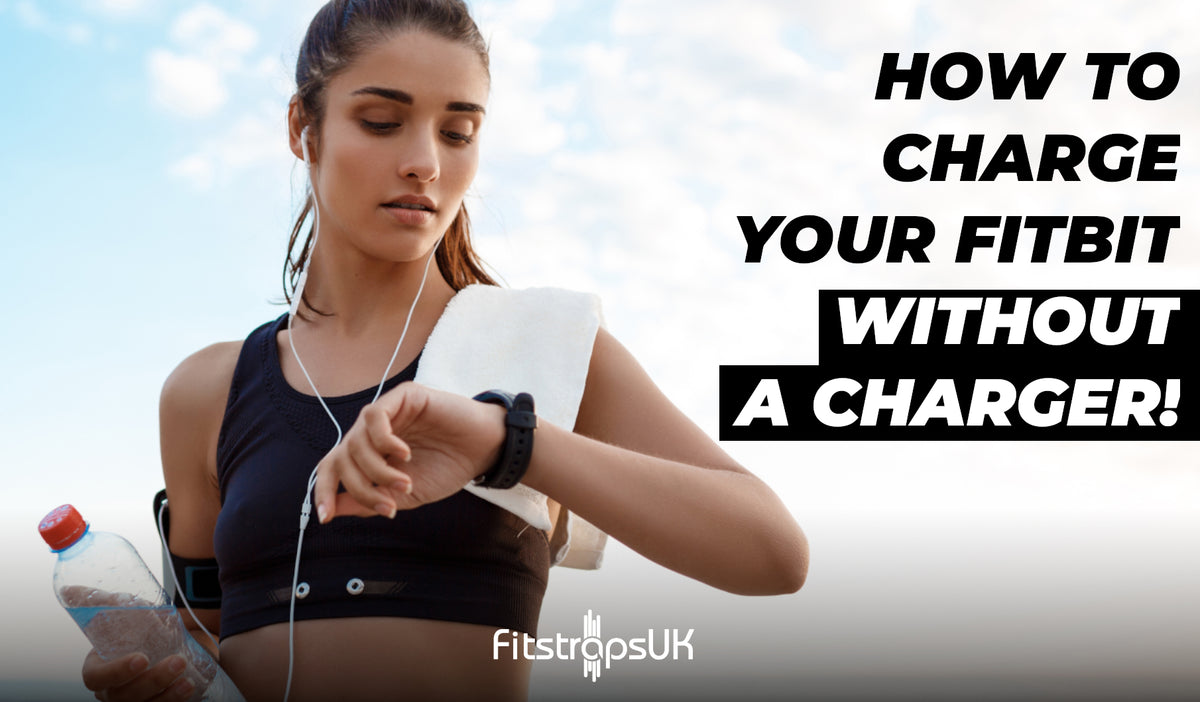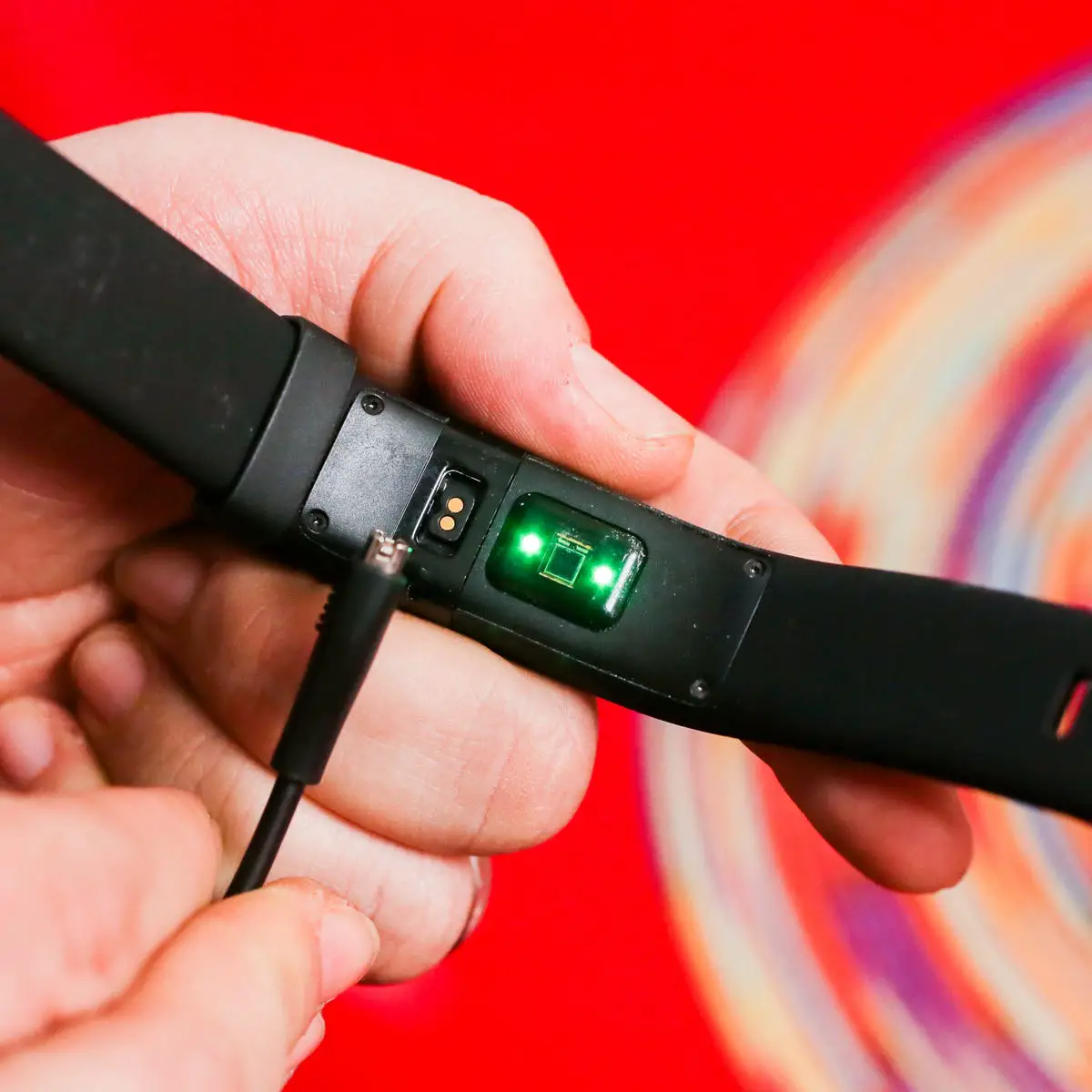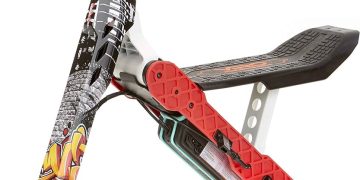To charge a Fitbit without a charger, use a USB port or a power bank. If you don’t have a charger, connect the device to a USB port on a computer or use a compatible power bank.
Are you in a situation where your Fitbit is running out of battery, and you can’t find the charger? Don’t worry! There are alternative ways to charge your Fitbit without a charger. You will learn a few simple methods to keep your Fitbit powered up even when you don’t have the original charging cable.
Whether you’re on the go or simply misplaced your charger, these methods will ensure that your Fitbit stays charged and ready for use. So, let’s explore some easy ways to charge your Fitbit without a charger.
Table of Contents
ToggleFinding Alternative Power Sources
Finding alternative power sources for your Fitbit when you don’t have a charger can be a lifesaver, especially when you’re on the go. Luckily, there are several ways to keep your Fitbit charged without its original charger. Below, we’ll look at some alternative power sources that can help you recharge your Fitbit and stay on track with your fitness goals.
Use A Usb Port On A Computer Or Laptop
If you find yourself without a Fitbit charger, one quick and easy way to juice up your device is by using a USB port on a computer or laptop. Simply plug your Fitbit’s USB charging cable into the USB port of your computer or laptop, and let your device charge. This method is convenient when you’re working or studying and need to give your Fitbit a quick power boost.
Use A Usb Power Adapter From Other Devices
Another alternative power source for charging your Fitbit is using a USB power adapter from other devices such as smartphones or tablets. Many of these devices come with a USB power adapter that can be used to charge various other gadgets, including your Fitbit. Simply plug your Fitbit’s charging cable into the USB power adapter and connect it to a power outlet. This method allows you to charge your Fitbit even when you’re away from your computer or laptop.
Portable Battery Packs As Temporary Solutions
When you’re on the move and don’t have access to a power outlet or a computer, portable battery packs can come in handy as temporary solutions for charging your Fitbit. These portable battery packs are compact, easy to carry, and can provide power to your Fitbit via a USB cable. Keep a fully charged portable battery pack in your bag or pocket, and you’ll never have to worry about running out of power for your Fitbit, even when you’re out and about.
Charging A Fitbit Without The Cable
When you find yourself in a situation where your Fitbit is running low on battery and you don’t have your charger with you, worry not! There are several clever ways to charge your Fitbit without the cable, ensuring that you don’t miss out on your fitness tracking activities. Let’s explore some alternative methods that can help you keep your Fitbit charged and ready to go.
Using A Universal Charging Dock
If you have access to a universal charging dock, such as a multi-device charging station, you can use it to charge your Fitbit. These charging docks come with multiple USB ports and can accommodate various devices, including fitness trackers. Simply plug the Fitbit’s USB charging cable into the universal dock, and it will efficiently charge your device without the need for its specific charger.
Third-party Magnetic Charging Connectors
Another convenient solution is to utilize third-party magnetic charging connectors designed specifically for Fitbit devices. These connectors magnetically attach to the back of your Fitbit, providing a secure connection for charging. By using these connectors, you can easily charge your Fitbit without relying on the original charging cable, making it a practical and versatile option.
Conductive Usb Charging Tricks
For those moments when you don’t have access to conventional charging equipment, you can explore conductive USB charging tricks as a viable alternative. One method involves improvising a makeshift charger by carefully aligning the exposed metal contact points on your Fitbit with the conductive metal surface of a USB-C or micro-USB cable. This can establish a direct electrical connection and facilitate charging without the official cable.
Crafting With Common Household Items
When your Fitbit is running out of battery and you can’t find your charger, it can be frustrating. However, you can craft a makeshift charger using common household items, which can save the day. By using items like USB cables, copper wire, and coins, you can ensure your Fitbit stays charged and ready for use. This article will guide you through the process of crafting a DIY Fitbit charger with these household items, ensuring safety and effectiveness.
Strip And Twist Usb Cable Ends
One way to charge your Fitbit without a charger is to repurpose a USB cable. First, cut one end of the USB cable, exposing the inner wires. Inside, you will find a red wire and a black wire. These are the positive and negative wires, respectively. Once exposed, strip the insulation off the red and black wires. Then, twist the exposed wires together to create a makeshift connection. Finally, plug the USB cable into a power source, and touch the exposed wires to the corresponding contact points on the Fitbit. This should allow the current to flow and charge your device.
Copper Wire And Coin Technique For Contact Points
If you don’t have access to a USB cable, you can use a copper wire and a coin to create a temporary charging solution. Cut a small piece of copper wire and press it against the positive contact point on the Fitbit. Then, take a coin and press it against the negative contact point. By establishing contact between the copper wire and the coin with the Fitbit’s contact points, you can create a makeshift charging connection, providing the necessary power to charge your device.
Ensuring Safety During A Diy Charging Process
When crafting a DIY Fitbit charger with household items, it’s crucial to prioritize safety. Always be mindful of insulation when working with stripped wires, and avoid contacting live wires with your skin. Additionally, ensure that the makeshift connections are secure and won’t cause electrical hazards. Although these methods can be effective in a pinch, it’s important to be cautious and consider professional charger replacements as soon as possible to ensure the safety of your Fitbit and yourself.
Identifying Fitbit Charging Problems
Cleaning Charging Contacts On The Fitbit
One common issue that may hinder the charging of a Fitbit is the accumulation of dirt and grime on the charging contacts. To clean them, use a soft, dry cloth to gently wipe the metal contacts on the back of the Fitbit, as well as the charging cable itself. Ensure that the charging contacts are completely dry before attempting to charge.
Resetting The Fitbit To Restore Charging Functionality
If your Fitbit is not charging despite having a clean and intact charging system, you may need to perform a reset. To do this, simply press and hold the button on the left side of the Fitbit for about 10 seconds. This should reset the device and may resolve any charging issues. After the reset, try charging the Fitbit again to see if the problem has been resolved.
Recognizing Battery Health Deterioration Signs
Over time, Fitbit batteries can deteriorate, leading to charging problems. Signs of a deteriorating battery may include a significant decrease in battery life, the Fitbit not turning on, or difficulty holding a charge. If you notice these signs, you may need to consider replacing the battery or the device itself.
By focusing on these areas, you can better understand and address potential charging problems with your Fitbit, ensuring that it remains functional and ready to track your activity and health data.
Proactive Measures For Longevity
Proactive measures for longevity are essential to ensure the extended lifespan and optimal performance of your Fitbit. By incorporating these strategies into your routine, you can maximize the battery life and overall functionality of your device.
Adjusting Fitbit Settings For Battery Conservation
To conserve battery life, it’s crucial to adjust the settings on your Fitbit. Enable the “Battery Saver” mode to minimize power consumption when the battery level is low. Additionally, disable unnecessary features such as constant heart rate monitoring or notifications to extend the device’s battery life.
Routine Maintenance For Optimal Charging
Performing routine maintenance on your Fitbit ensures optimal charging capabilities. Clean the charging port and the back of the device regularly to remove any debris or dirt that may impede the charging process. Using a soft, dry cloth can help maintain proper contact between the charger and the device, allowing for efficient charging.
Charging Habits To Maximize Battery Lifespan
- Avoid overcharging your Fitbit, as it can negatively impact the battery’s longevity. Once the device is fully charged, disconnect it from the charger promptly to prevent overcharging.
- Charge your Fitbit in a stable and moderate-temperature environment, avoiding extreme heat or cold, as these conditions can affect the battery’s performance.
- Consider using a power bank or portable charger for on-the-go charging, ensuring your Fitbit remains powered throughout the day without compromising the battery’s lifespan.

Credit: fitstraps.co.uk
Frequently Asked Questions On How To Charge A Fitbit Without A Charger
How Can I Charge My Fitbit Without A Charger?
You can charge your Fitbit without a charger by connecting it to a USB port on a computer, a power bank, or using a compatible USB wall adapter. Simply connect the charging cable to your Fitbit and the USB port to begin charging.
Can I Use A Power Bank To Charge My Fitbit?
Yes, you can use a power bank to charge your Fitbit. Simply connect the charging cable to your Fitbit and the USB port on the power bank. This provides a convenient way to charge your Fitbit when you’re on the go or don’t have access to a wall outlet.
What Are Some Alternative Ways To Charge A Fitbit?
Some alternative ways to charge a Fitbit include using a USB wall adapter, connecting it to a USB port on a computer, or using a portable power bank. These options provide flexibility for charging your Fitbit in various situations, making it convenient and accessible.
Can I Charge My Fitbit Using A Computer’s Usb Port?
Yes, you can charge your Fitbit using a computer’s USB port. Simply connect the charging cable to your Fitbit and the USB port on the computer. This method is convenient for charging your Fitbit while working on a computer or when you’re traveling and don’t have access to a wall outlet.
Conclusion
Learning how to charge your Fitbit without a charger enables you to keep tracking your fitness goals without interruption. By exploring various methods such as using a USB port, portable charger, or a charging station, you can ensure that your Fitbit stays powered up and ready for use.
With these alternatives, maintaining your active lifestyle has never been easier.









